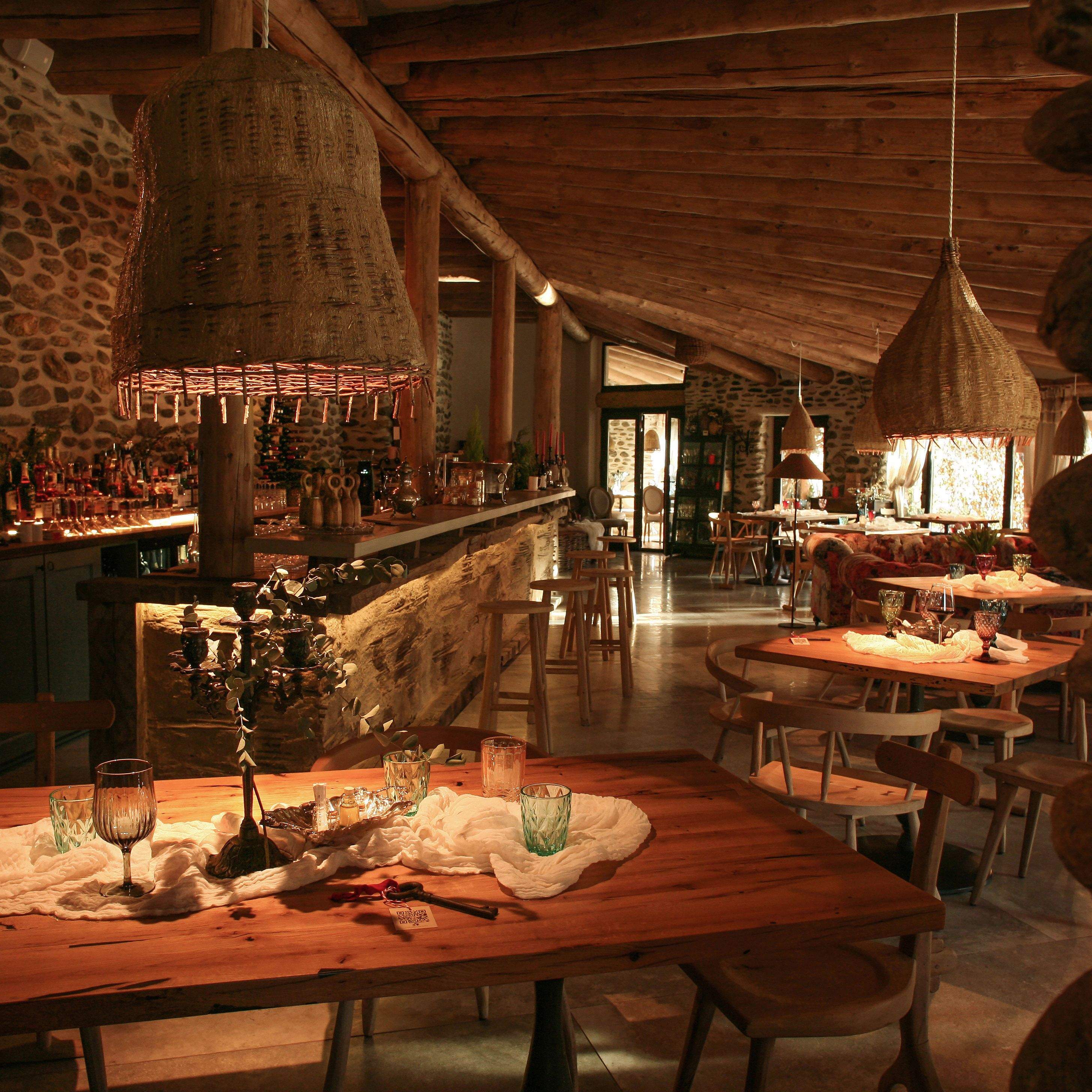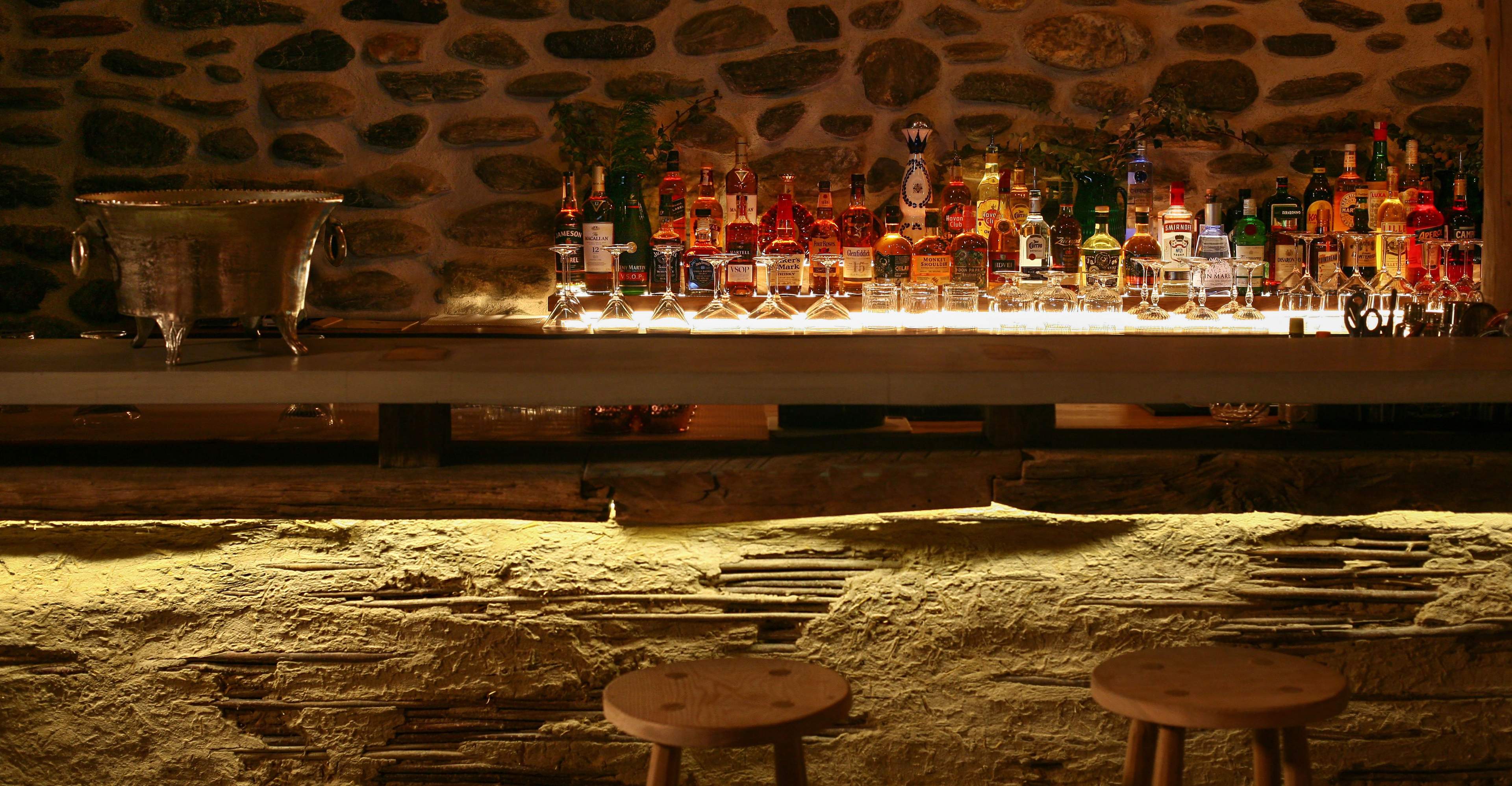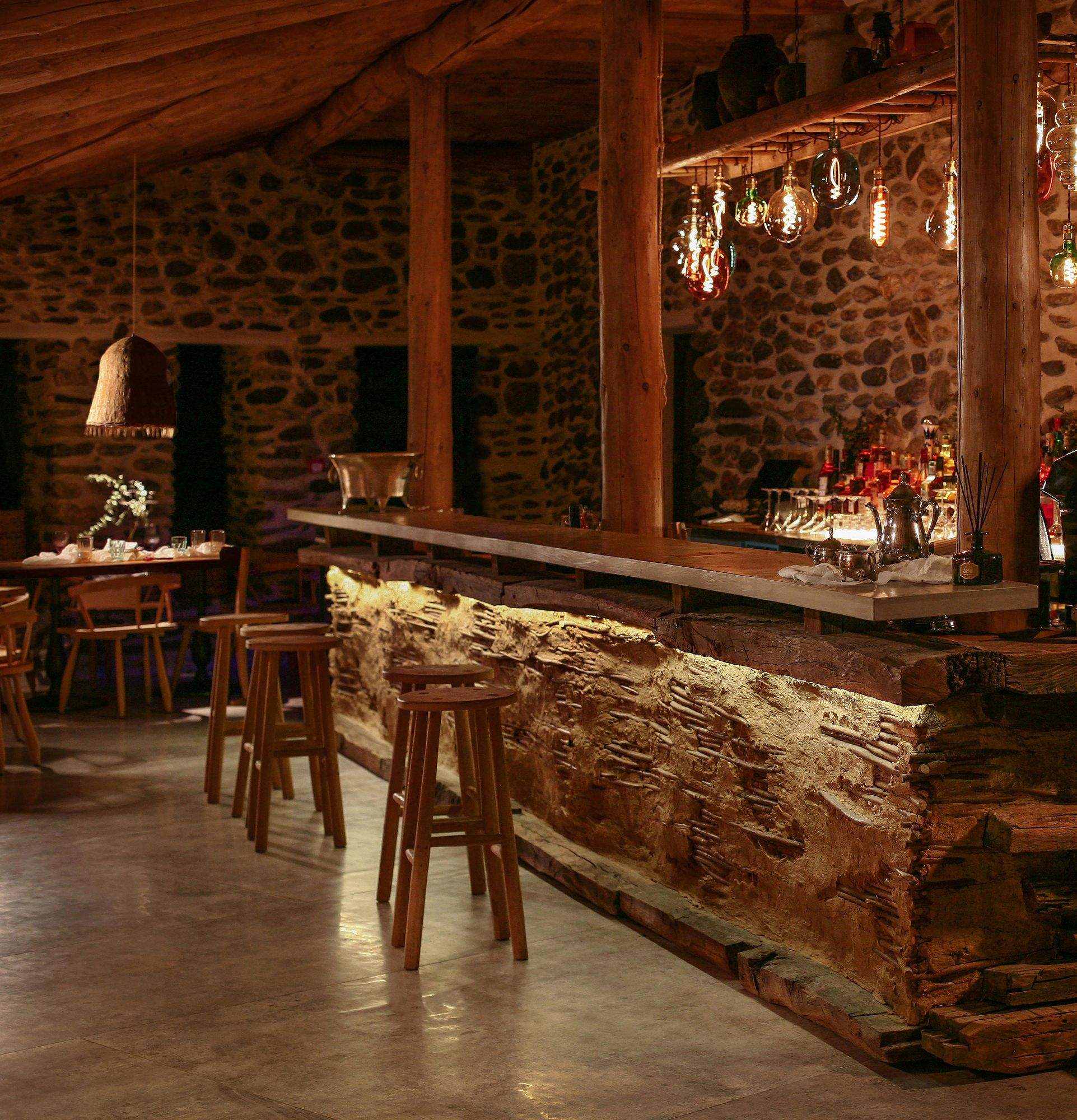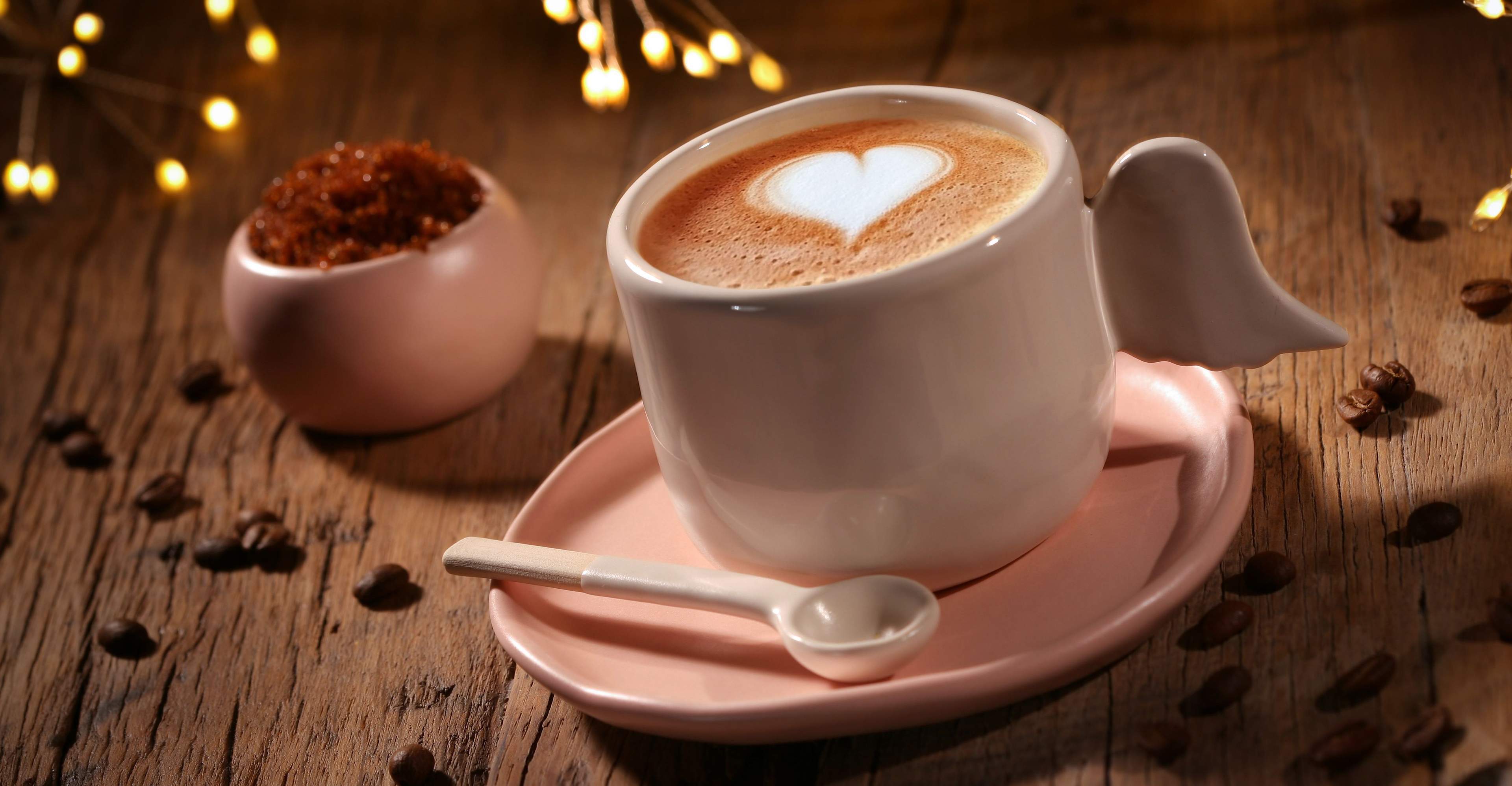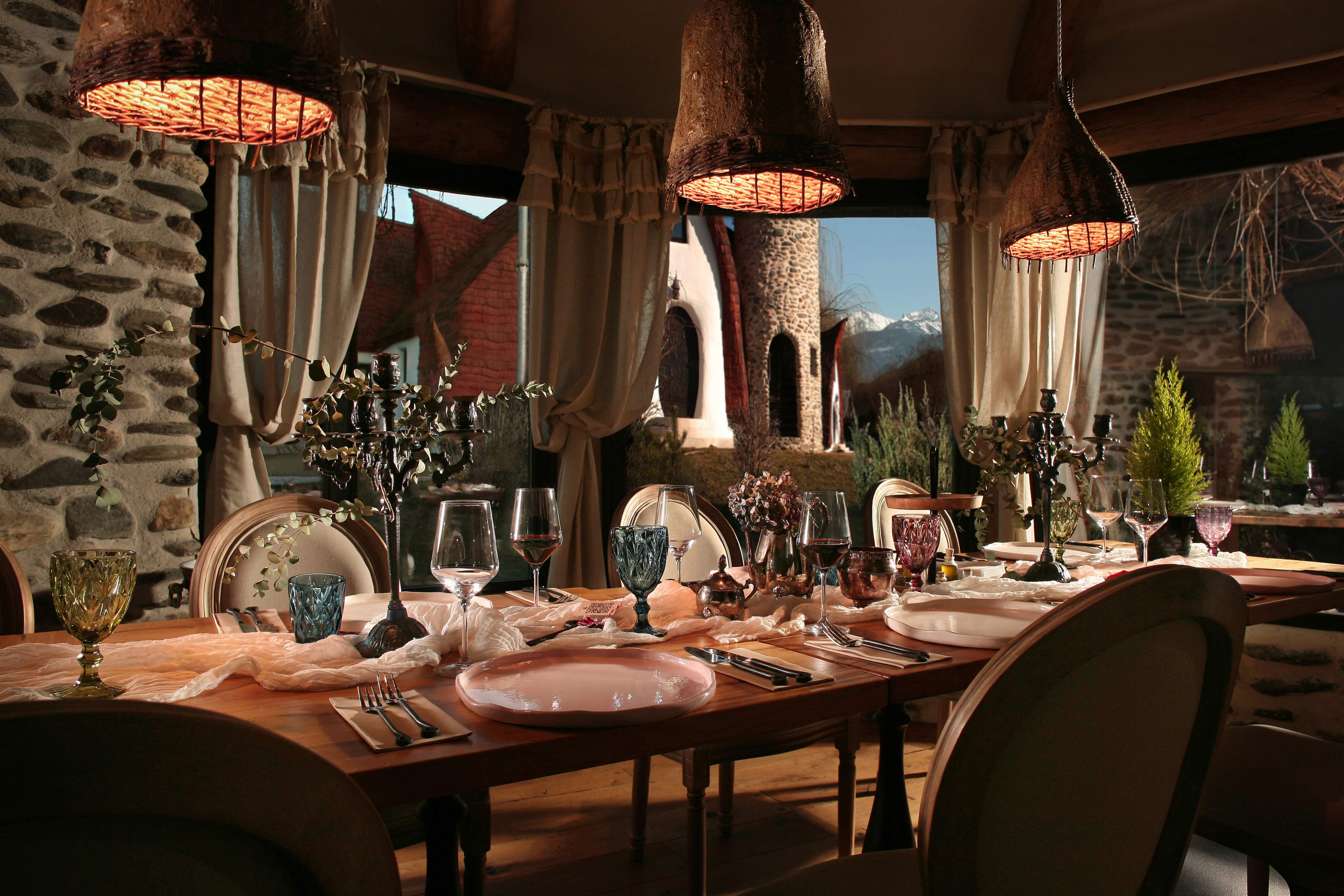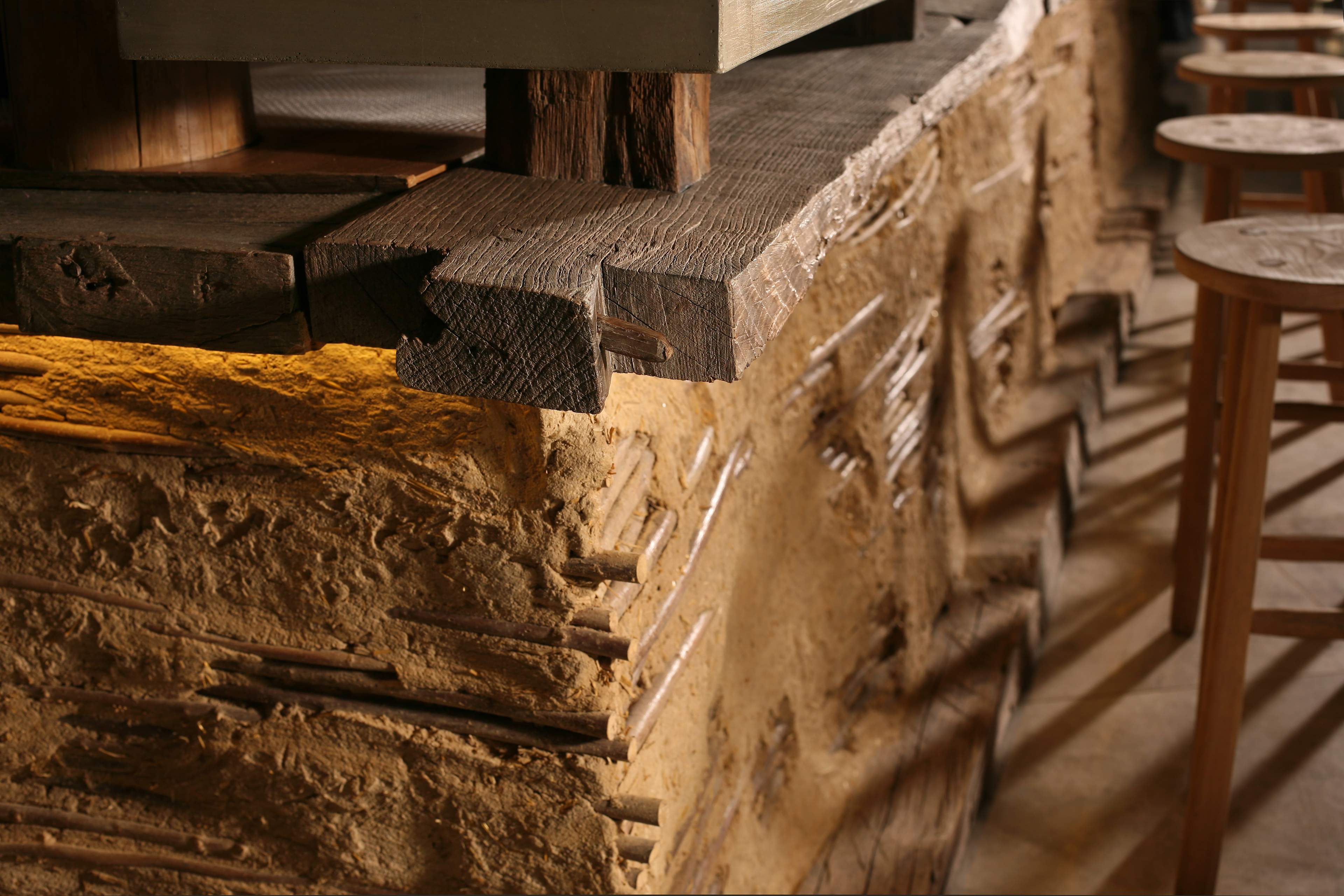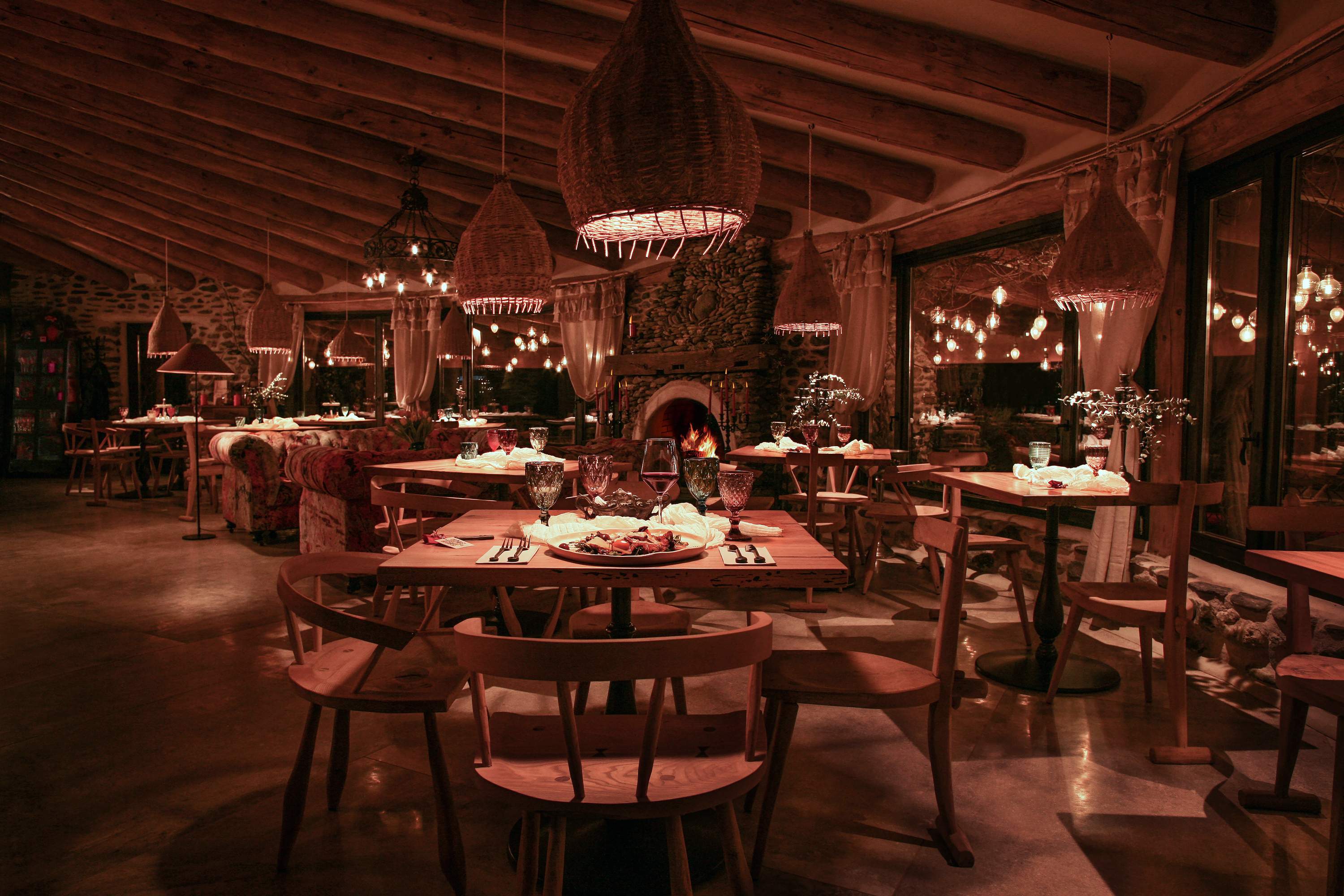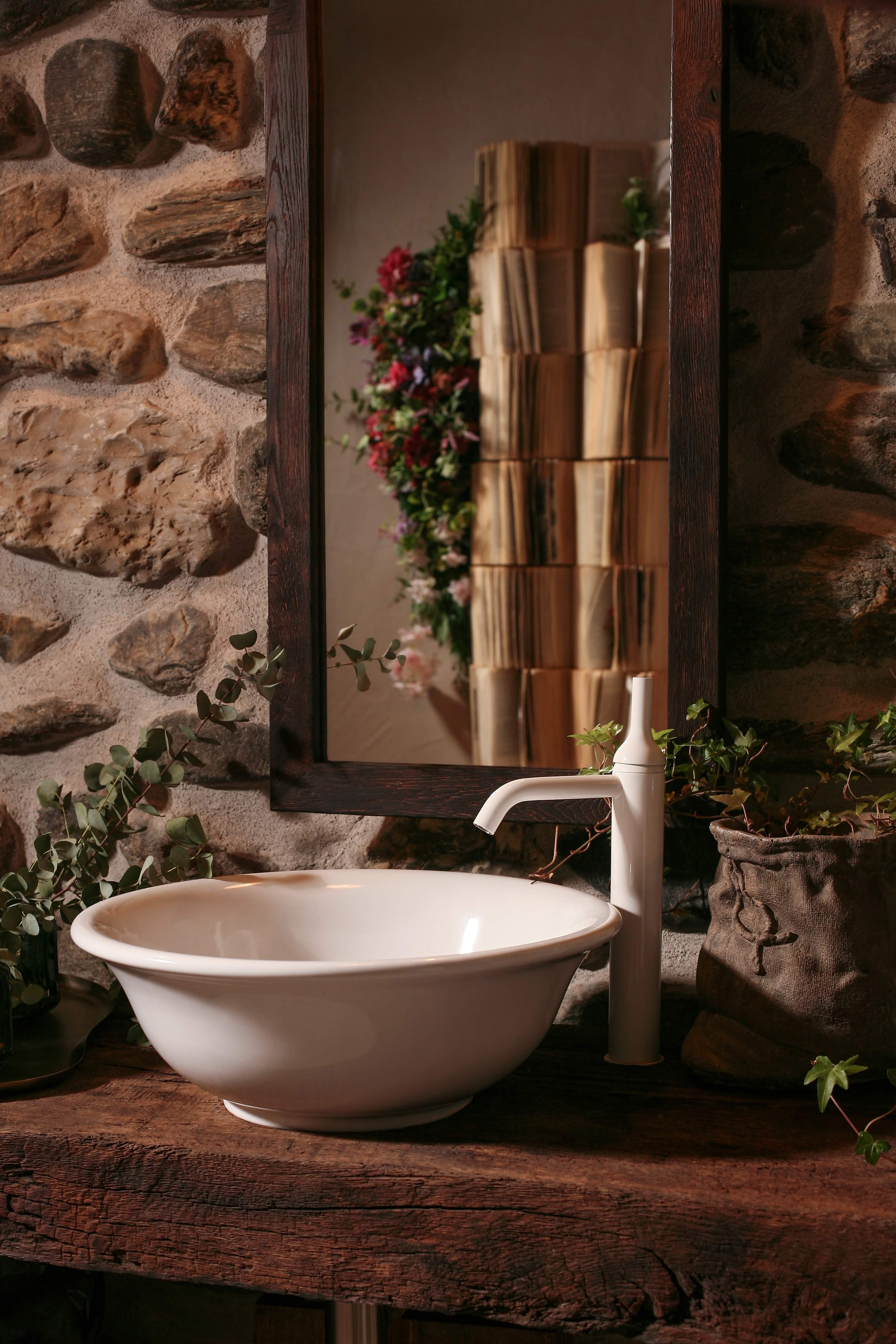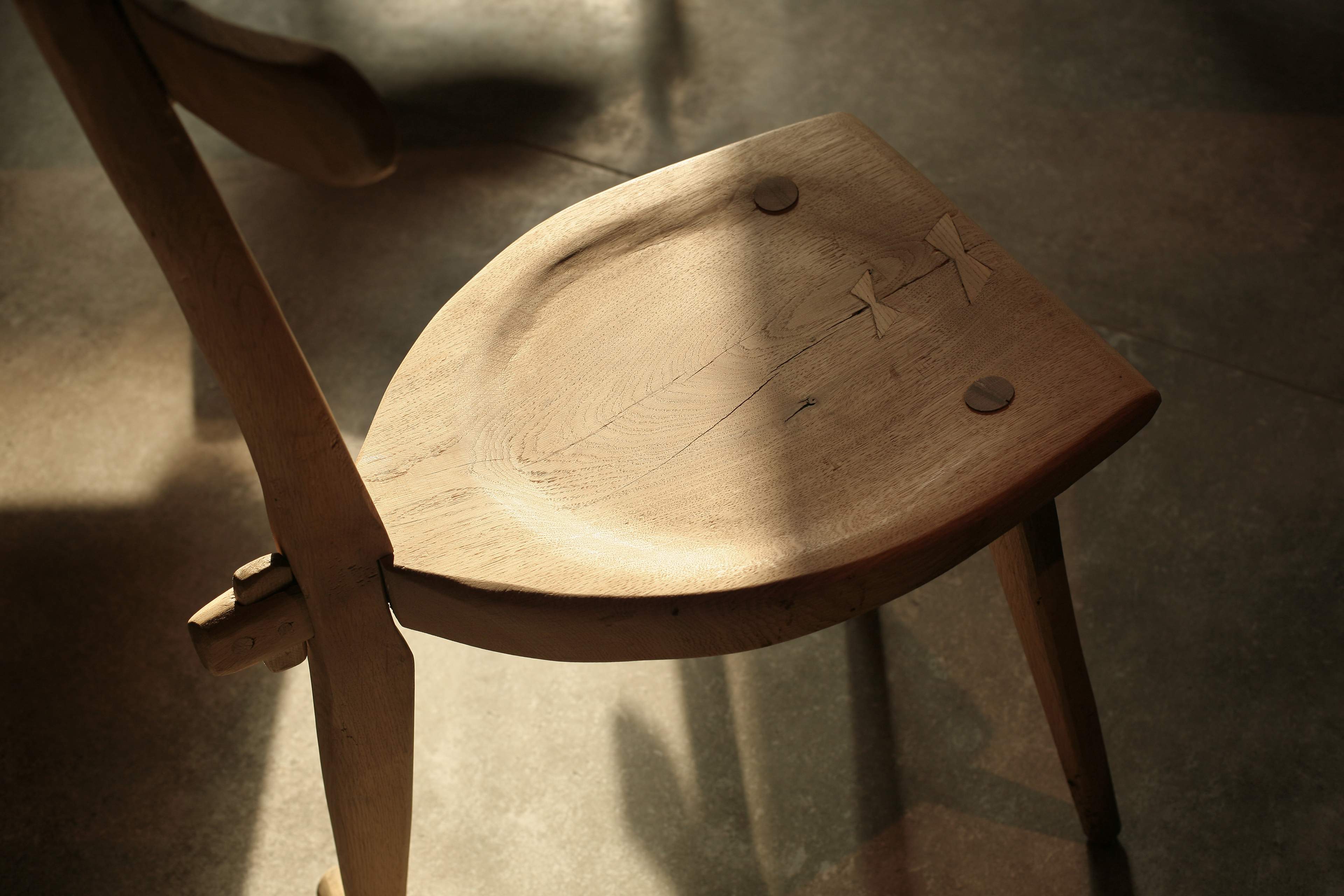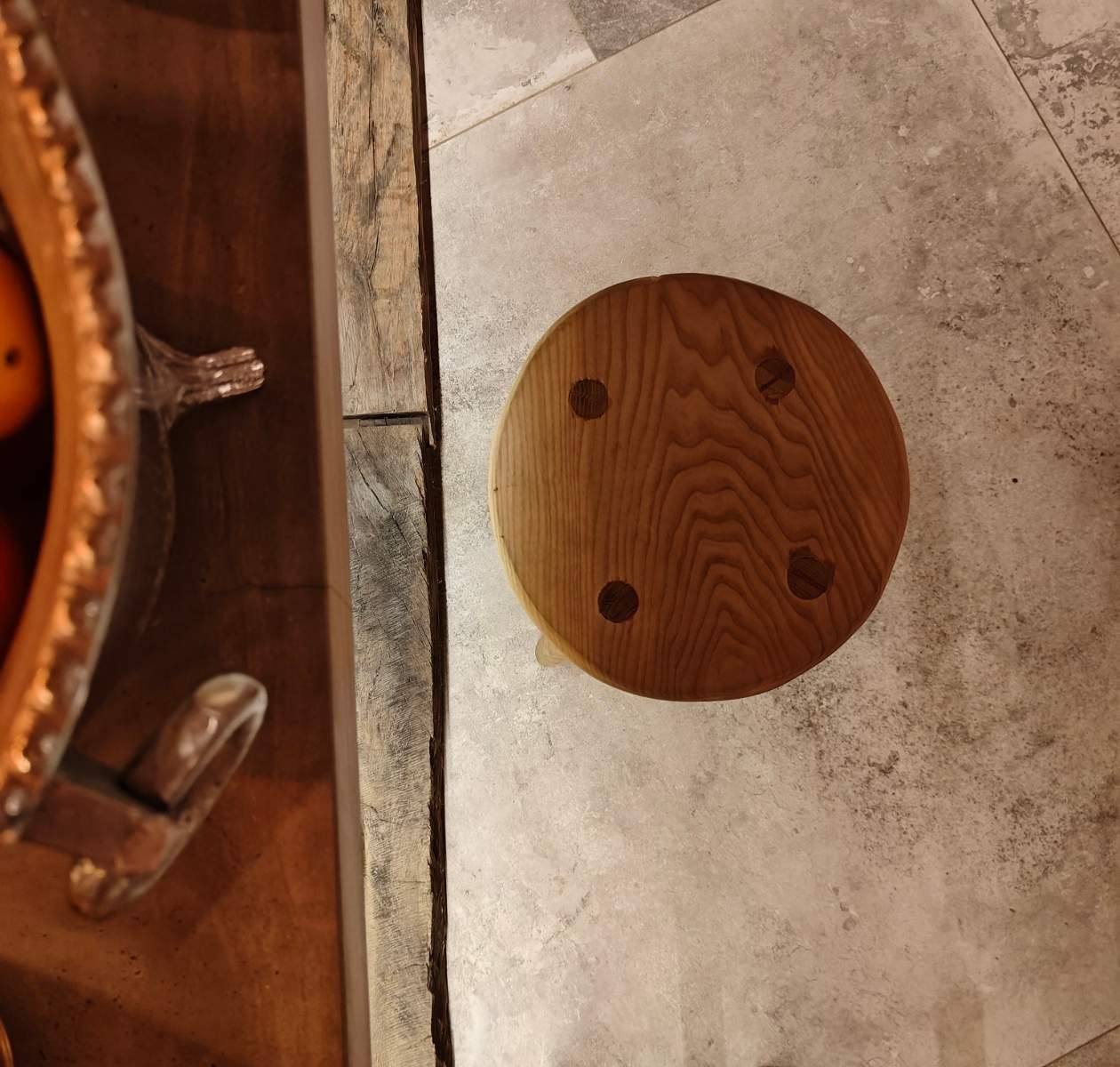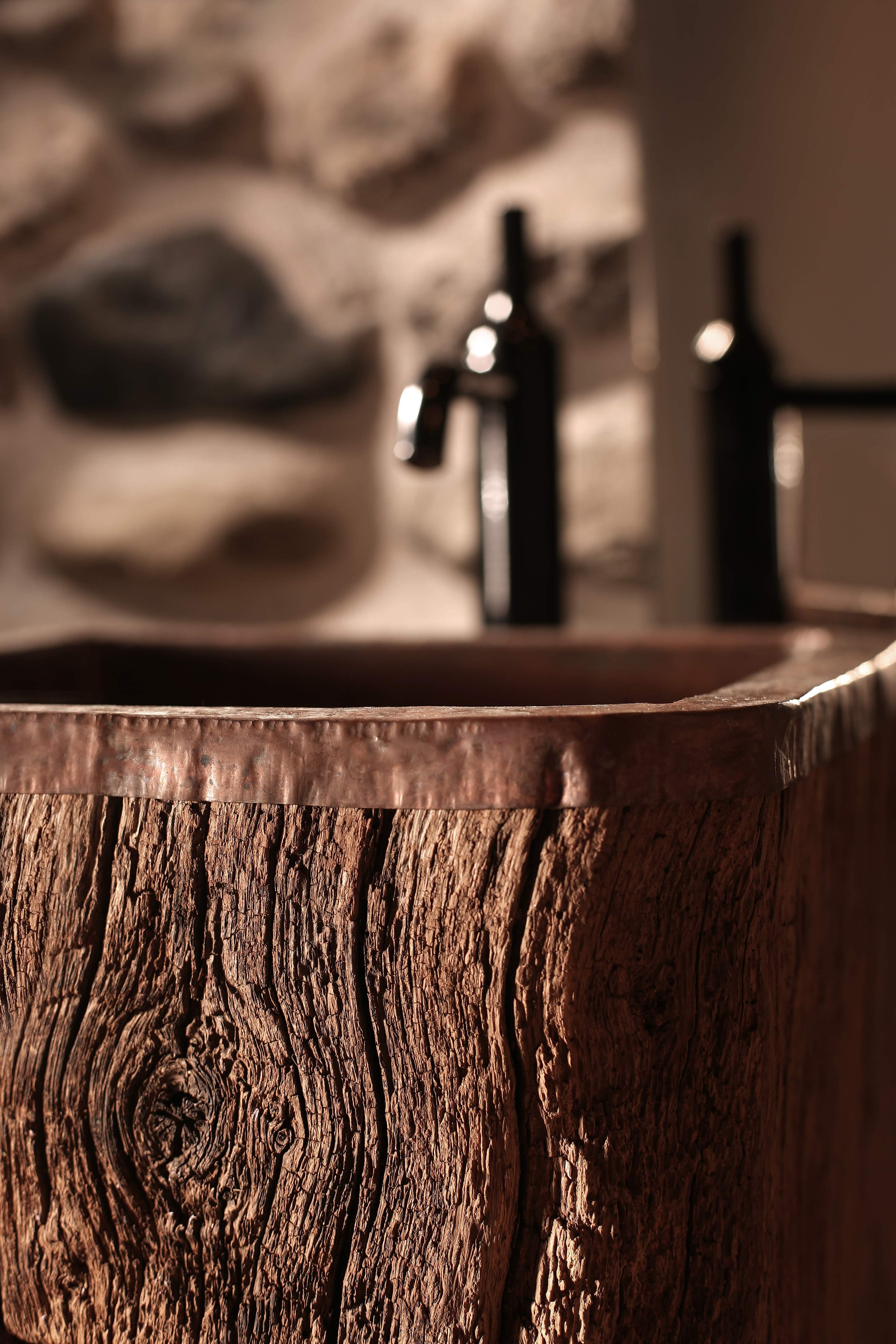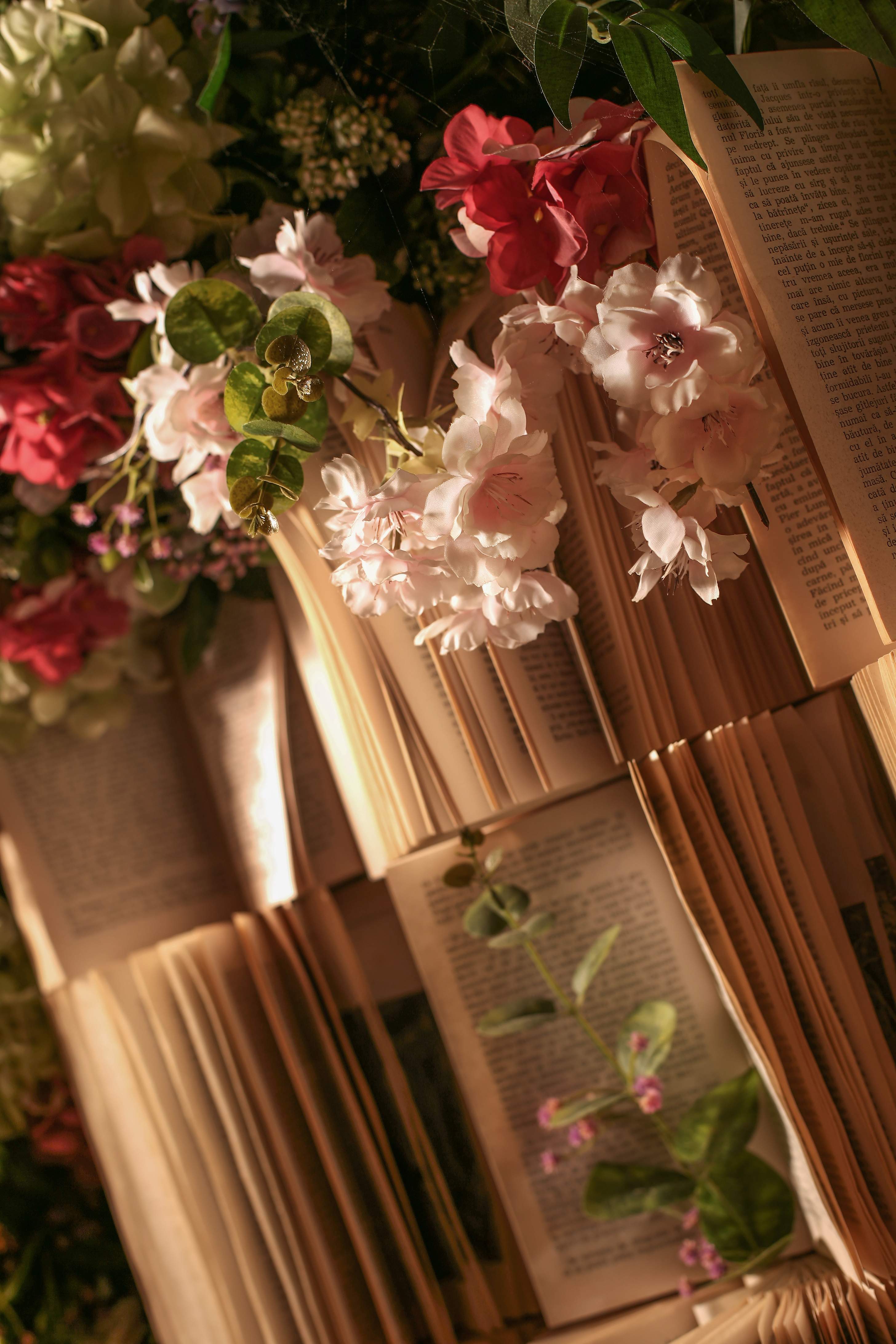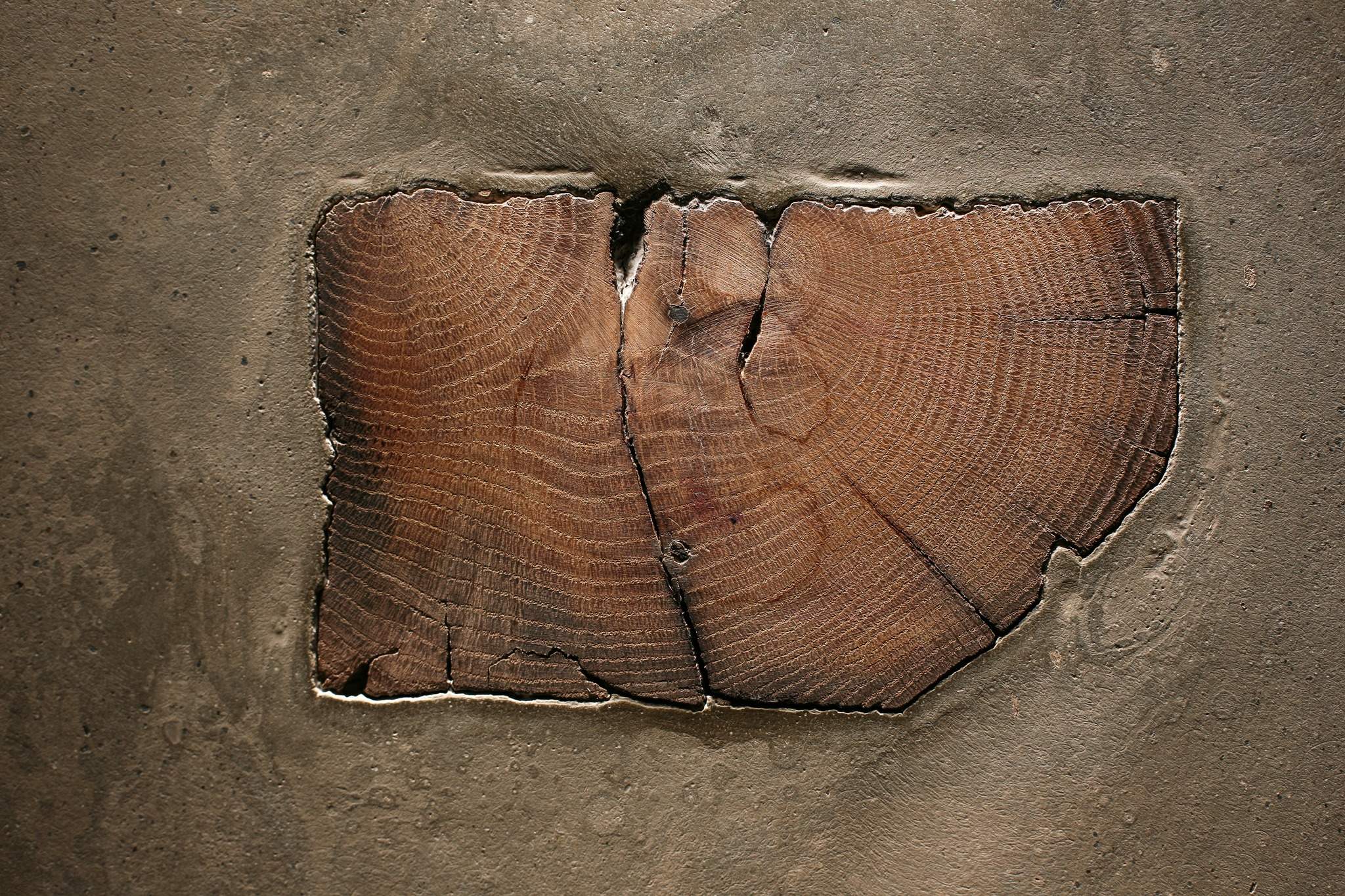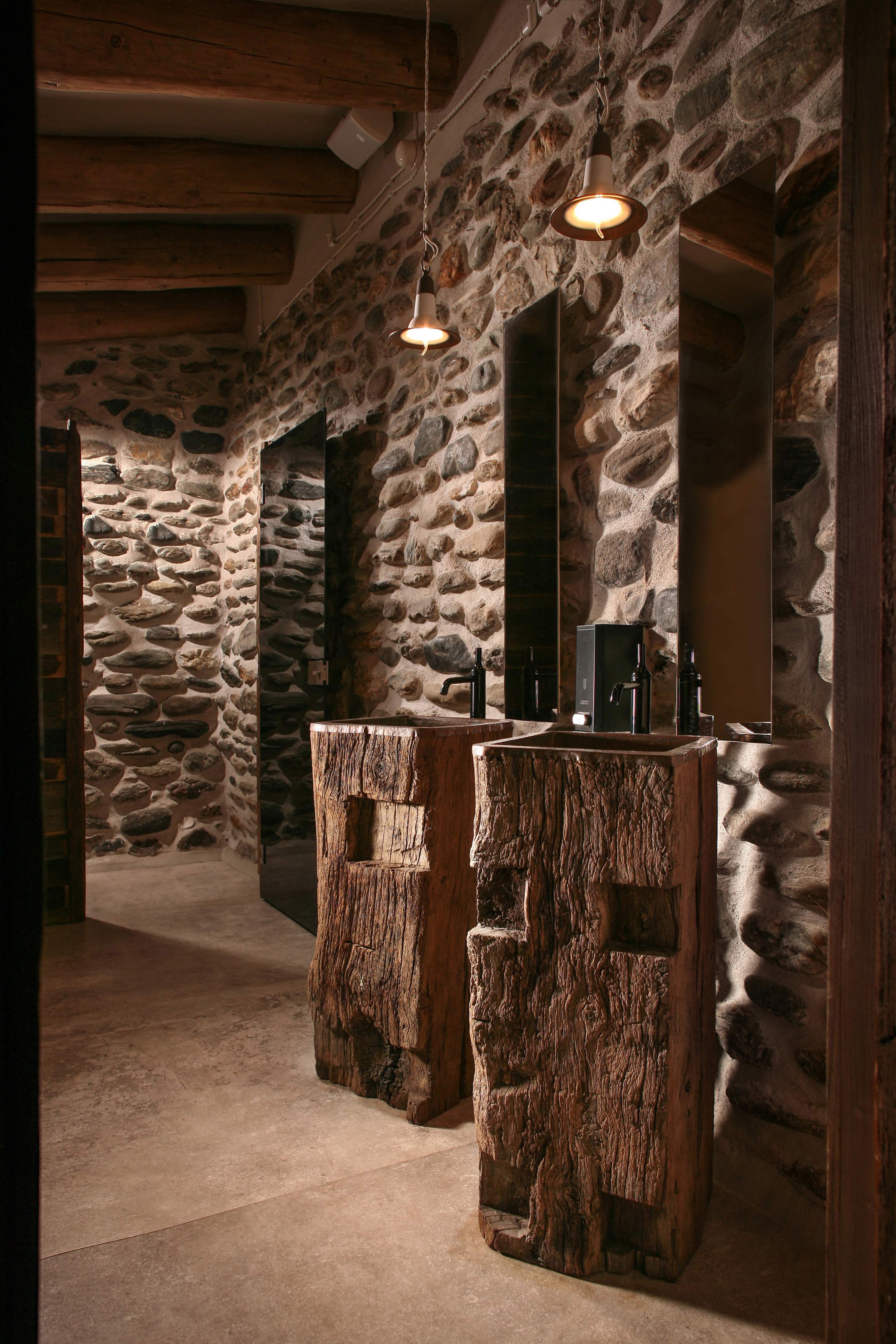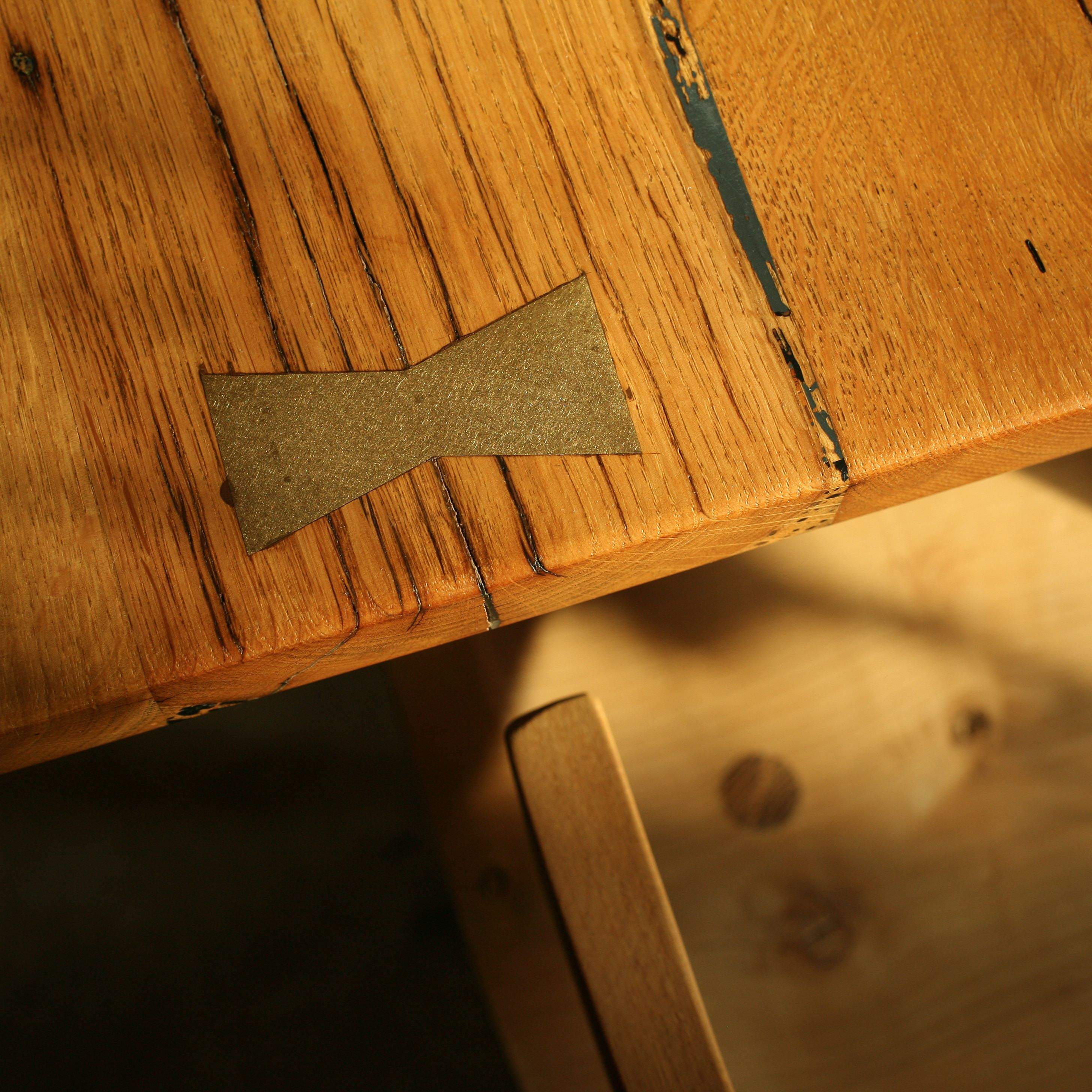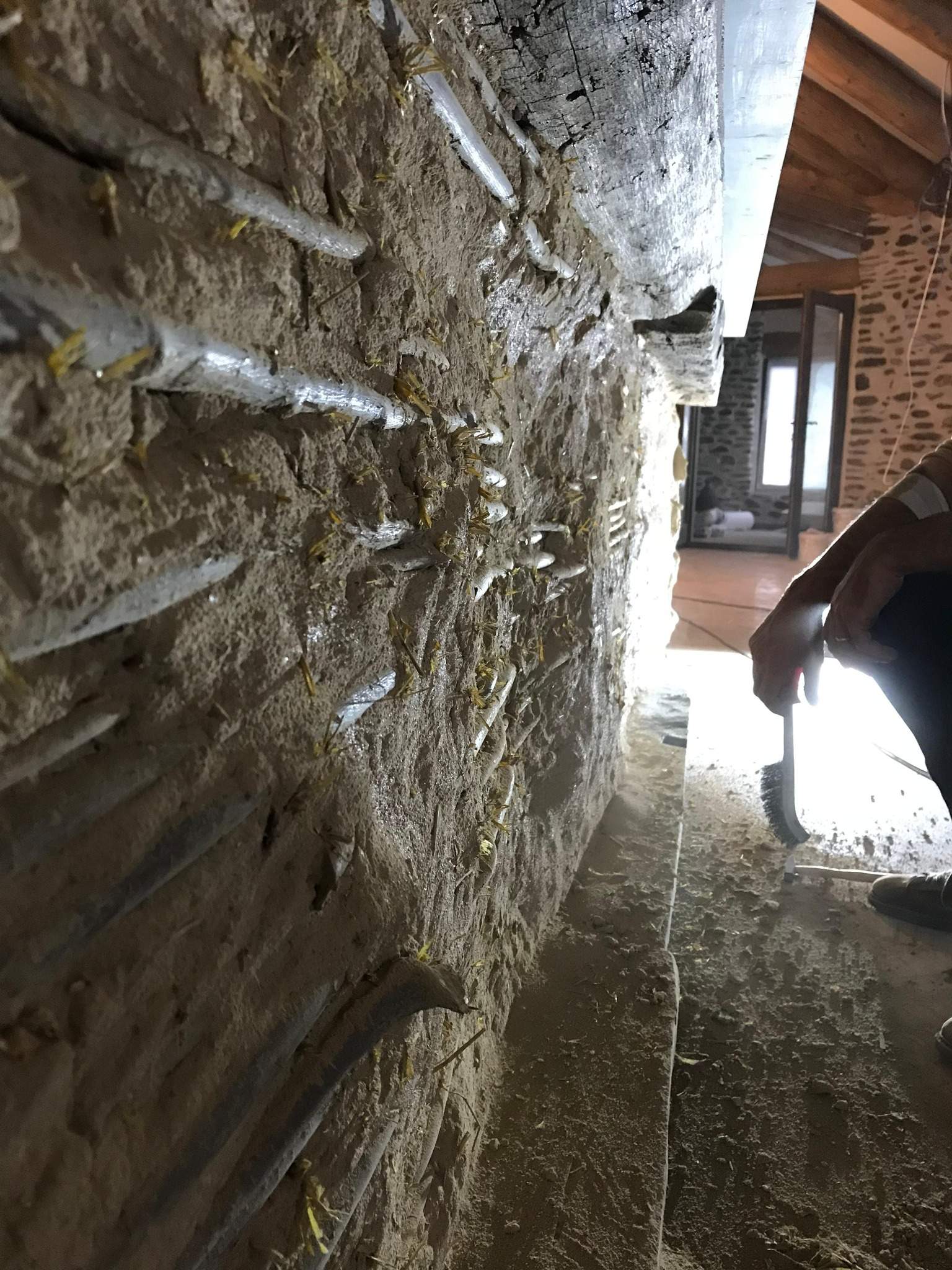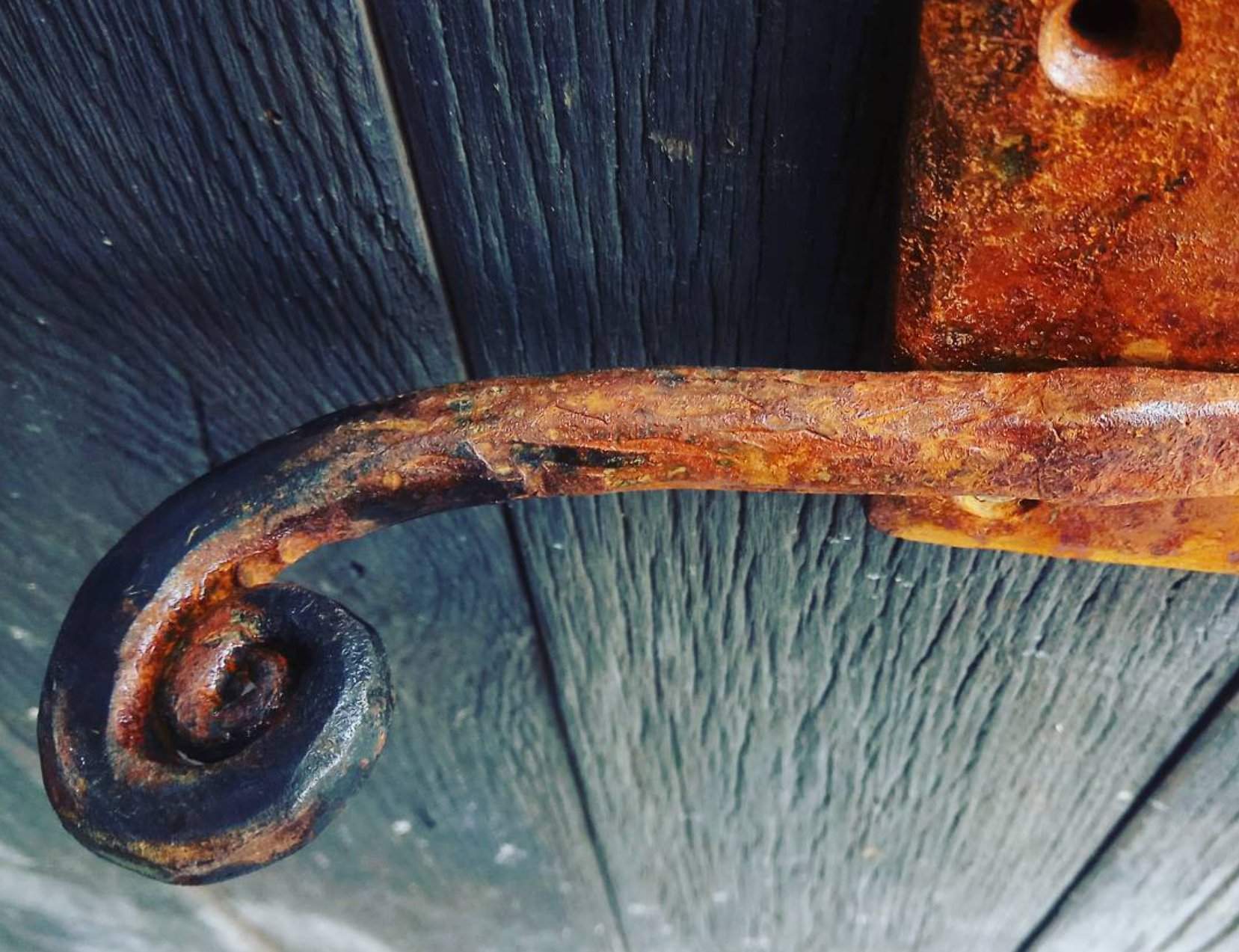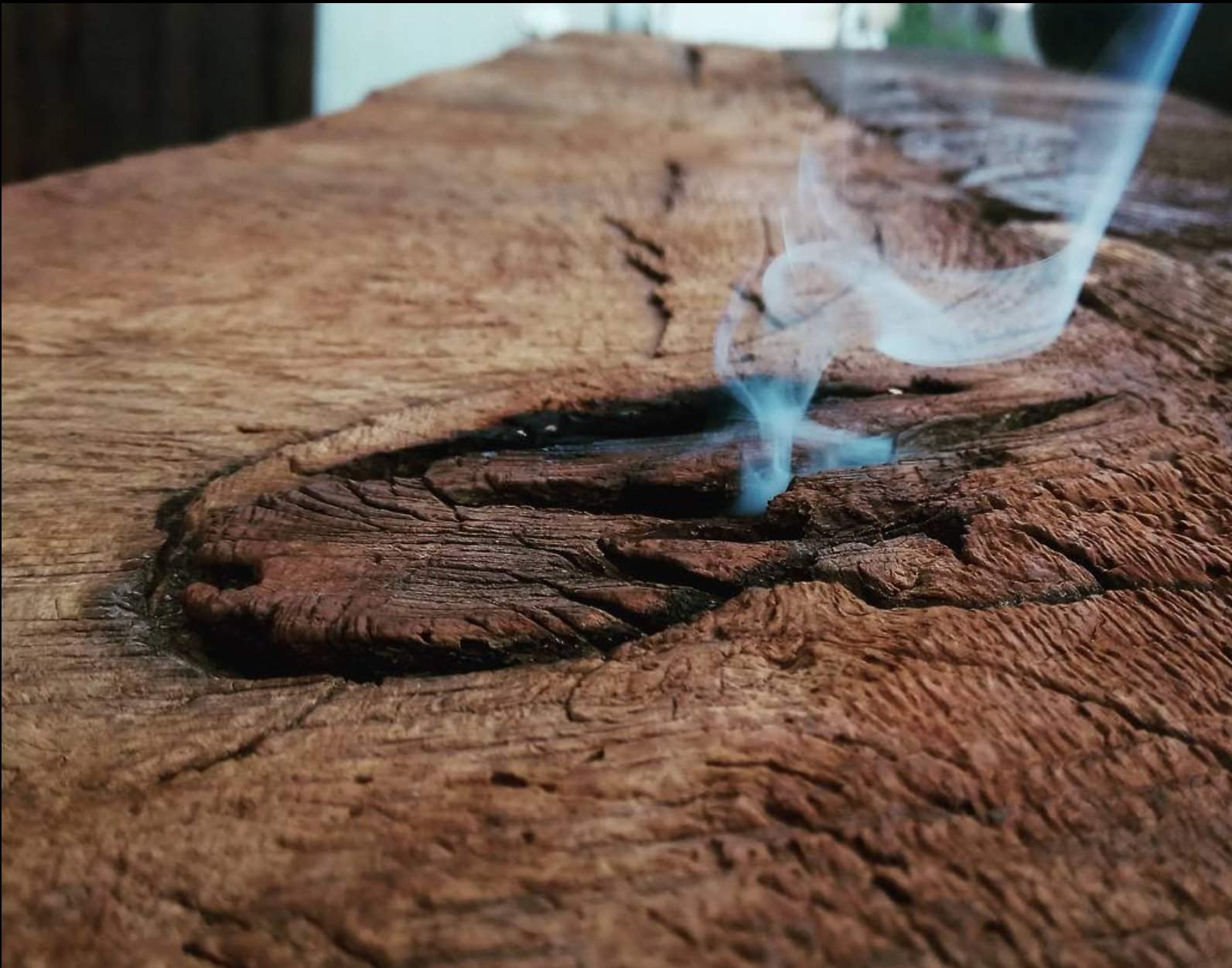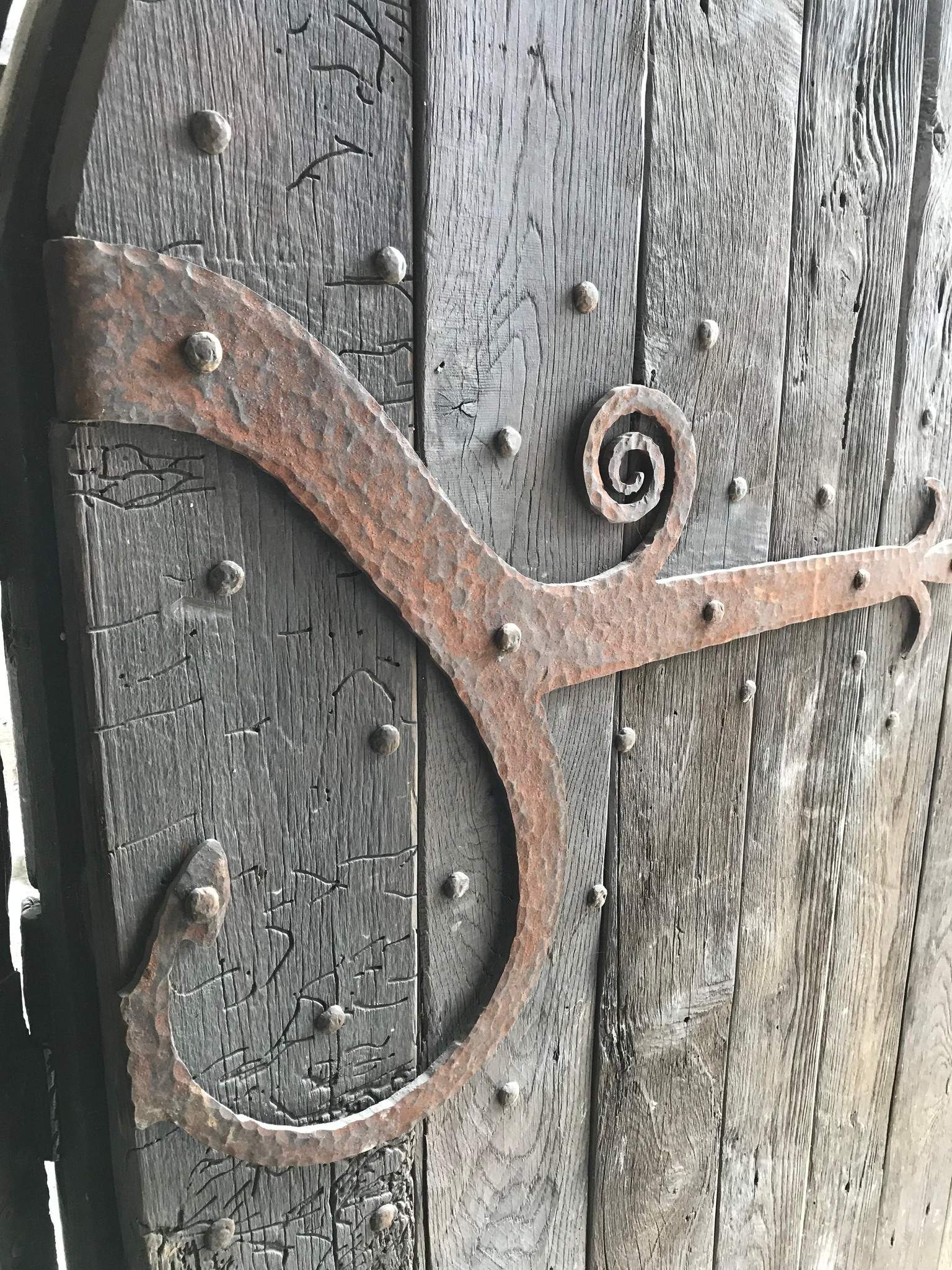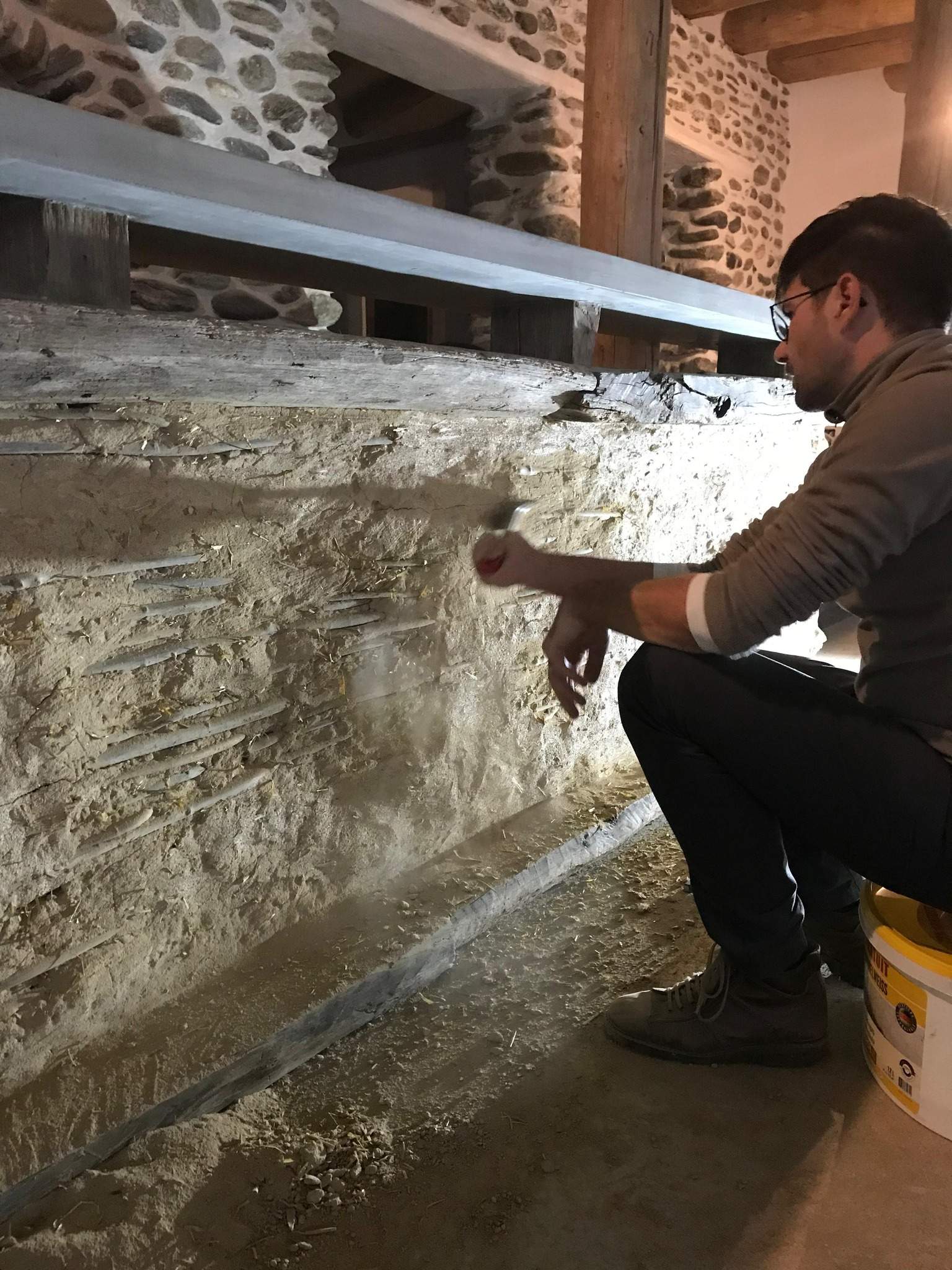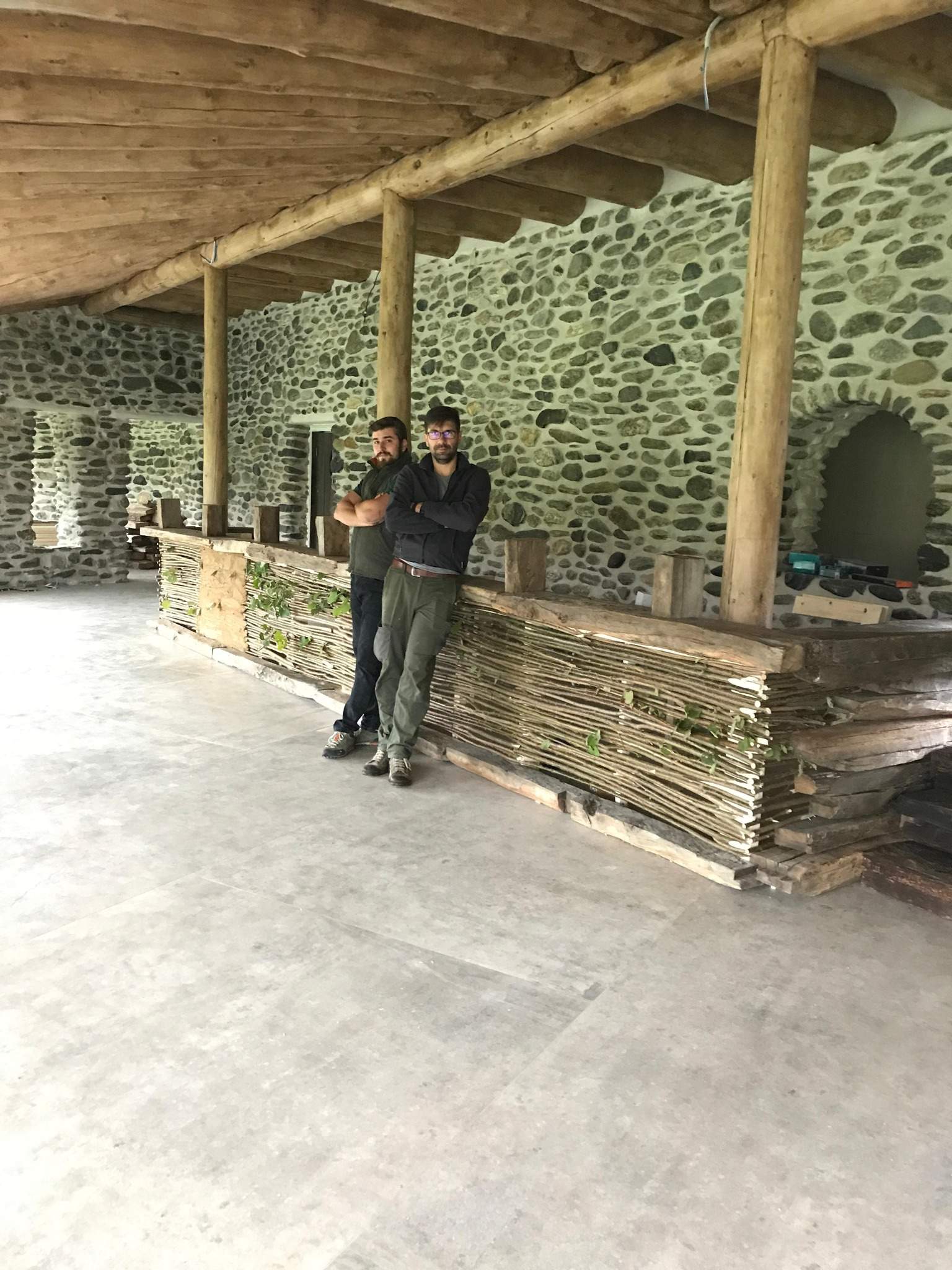The clay castle - the restaurant
The clay castle - places that call us
The Clay Castle is not just a restaurant or a guesthouse. It is a fairytale where you can pause for a while. Here, the magic lies not only in the nearby fairies, but in every object touched by a craftsman’s hand. In the materials that speak from another time. In the balance between past and present. In the way this place changes the way you see.
If you know how to listen, you’ll discover that beauty doesn’t reside in any one thing, but in how all of these come together into a story that isn’t told — but lived.
Specifications
Area of site | 150 m2 |
Date | 2018-2022 |
Status of the project | Complete |
Tools used | SketchUp |
About the restaurant, about the design and about the feeling
When you speak of creation, you speak of yourself—of how you see and feel a place, of the energy you receive and the one you leave behind. We travel to discover, but sometimes places discover us. Some invite you to pass through, others make you stop. They tell a story without words, and if you know how to listen, they stay with you forever.
There are places that call us. Places that cannot simply be observed—they draw us in, shift our rhythm, and teach us to listen differently. Some places feel like they’ve stepped out of a fairytale—not because they tell a story, but because they become the story. The Clay Castle is one of those places. A place that makes you stop. Look. Touch with your eyes and feel with your soul.
Here, magic is not an illusion but a delicate weave of time, materials, craftsmanship, and dreams. A magic shaped from stone and wood, from the hands of artisans, from the light that glides across surfaces sculpted with patience. A magic you cannot see, but you can feel.
This is its story—and the story of those who brought it to life: Gabriela and Răzvan Vasile. Two people who understood that true creation is not about building a place, but about discovering it. Two people who knew how to listen to a place and let it speak.
Every special place has its own rhythm. A rhythm felt in the walls, in the light, in the objects that inhabit it. The restaurant at the Castle is not just about food. It’s about people, about a different flow of time, and about the way a space can softly whisper that you are exactly where you’re meant to be.
Here, design is not an imposed gesture, but a natural continuation of what already exists. We didn’t build a set—we discovered a dialogue: between past and present, between stone and wood, between craft and dream.
Every detail was thoughtfully considered, not just selected. The chairs are handmade, each joint bearing the signature of a woodworking master. The woven textiles in the lounge speak of journeys—of two artists who traveled and painted the world for a year, capturing its beauty in colors and textures, so that it could settle here, in some subtle way.
The Serpentine Sofa in the lounge is not merely a piece of furniture. It’s a story sewn into curves—a contemporary interpretation of the Chesterfield style, with deep buttons and elegant contours, all handcrafted. Its name comes from the Serpentine River in England, the soft curve of its seat evoking the water’s meandering flow. It is a timeless object, quietly beautiful, where past and present merge in a subtle dance.
And then there’s the bar—the gravitational center of this space. A reinterpretation of an old dwelling, built as it once was: with wood, earth, and lime. We searched for craftsmen who remembered the ancient recipes. We tried, we failed, we tried again, until the materials found their balance. And so a space was born—not a replica of the past, but a continuation of it.
The restaurant is a place where magic is made by hand. In this story, nothing is mass-produced. Every object was chosen or created especially for this place. A custom-made ceramic spoon. A thoughtfully designed lock. A mug with a fairy-wing handle that makes the first sip of coffee feel anything but routine.
All of them meet here, each bringing a fragment of history, a spark of enchantment. We wandered through villages, spoke with artisans, rediscovered forgotten techniques, watched wood find its balance and light shape the space. Every detail tells a story. Every element was chosen with purpose—to continue the compositional dialogue that weaves through the entire design.
